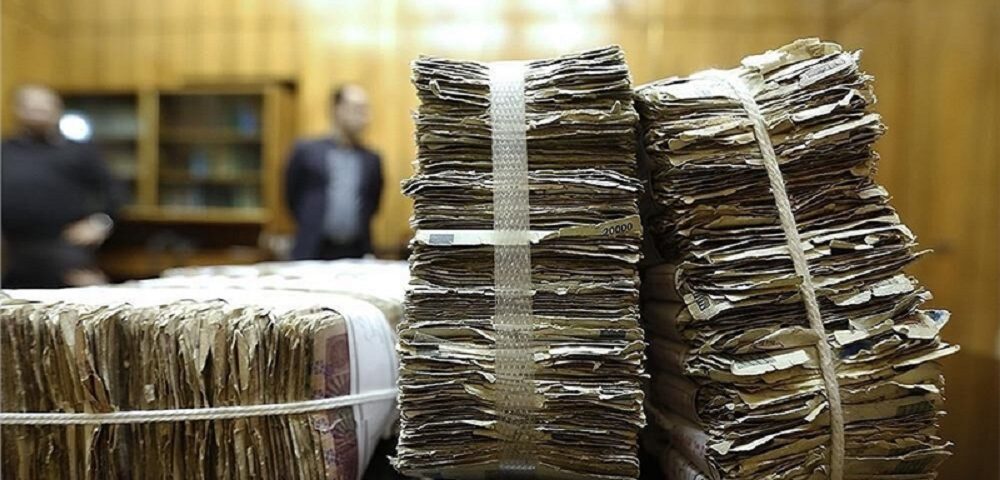Mazandaran researchers produced bio-alcohol from worn-out banknotes

The 2nd Conference in Cellulose Chain Achievements to be held in May 2021
February 20, 2021
A fine of 28 billion Rials for selling expensive printing and writing paper
March 9, 2021Mazandaran researchers produced bio-alcohol from worn-out banknotes

The researchers at Sari University of Agricultural Sciences and Natural Resources have succeeded in producing bio-alcohol or bioethanol from worn-out banknotes.
According to the public relations of Sari University of Agricultural Sciences and Natural Resources, this research work was carried out by Omid Yazdani Aqmshhadi, the PhD student in the Department of Wood and Paper Industries, with the guidance of Dr. Ghasem Asadpour and the advice of Dr. Ismail Garmaroodi from Shahid Beheshti University and Dr. Seyed Majiz Zabihzadeh and Dr. “Timokikas” from the University of Life Science in Estonia.
The results of this research have been published in the form of two ISI articles in 2020.
According to this report, in this research, by using the processes of deinking, ultrasound and also for the first time chemical-mechanical pretreatment of nitrogen explosion type (NED), the process of making sugar and the fermentation of worn banknote was carried out and bioethanol was produced.
It has been announced that the purpose of this study was to use these banknotes optimally in order to produce high value-added materials as well as to reduce soil and air pollution.
Quoting Dr. Ghasem Asadpour, a member of the faculty of this university and the person in charge of leading this research project, the Public Relations of Sari University of Agricultural Sciences and Natural Resources announced, “The bioethanol produced from worn banknotes is a suitable product to replace the additive agent of Methyl tert-butyl ether (MTBE) because MTBE is considered a underground water contaminant due to its toxicity.”
Hereunder, you can find the titles of the articles of this research published in ISI:
The Effect of Ink and Pretreatment Conditions on Bioethanol and Biomethane Yields from Waste Banknote Paper. polymers 2020 (IF: 3.364)
The Effect of Deinking Process on Bioethanol Production from Waste Banknote Paper. Processes 2020 (IF: 2.973)
At present, worn-out banknotes are disposed of in a special process after being collected in the country’s treasury. According to the rules, banknotes are collected seven years after being placed in the cycle and replaced by new banknotes.
According to the Central Bank, more than 700 million banknotes are taken out of the country’s economic cycle annually. To collect, destroy and reprint them, an amount equivalent to 12 billion Tomans will be spent from the country’s budget

